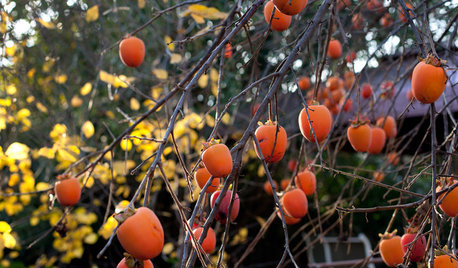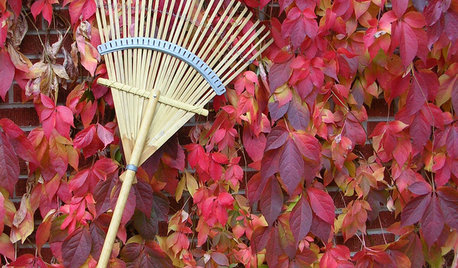are fuyu & jiro persimmons the same?
maryhawkins99
16 years ago
Featured Answer
Comments (9)
crabjoe
16 years agolast modified: 9 years agojoereal
16 years agolast modified: 9 years agoRelated Professionals
Ashland Landscape Architects & Landscape Designers · South Orange Landscape Architects & Landscape Designers · East Patchogue Landscape Architects & Landscape Designers · Elgin Landscape Contractors · Clark Landscape Contractors · El Reno Landscape Contractors · Gloucester Landscape Contractors · Goodlettsville Landscape Contractors · McLean Landscape Contractors · New Cassel Landscape Contractors · North Plainfield Landscape Contractors · Riverhead Landscape Contractors · Tewksbury Landscape Contractors · Wentzville Landscape Contractors · 07920 Landscape ContractorsScott F Smith
16 years agolast modified: 9 years agodiaph
10 years agolast modified: 9 years agodiaph
10 years agolast modified: 9 years agostrudeldog_gw
10 years agolast modified: 9 years agodiaph
10 years agolast modified: 9 years agodiaph
10 years agolast modified: 9 years ago
Related Stories

FRUIT TREESHow to Grow Your Own Persimmons
Sturdy and easy to care for, these trees offer bright fruit through winter — and keeping them in bounds is no sweat
Full Story
EDIBLE GARDENSGreat Design Plant: Persimmon
Combining beautiful fruit, vivid fall leaves and low maintenance, this tree is a winner in the garden
Full Story
GARDENING GUIDESYour November Garden Checklist
What to do around the U.S. this month to help your garden thrive — when you're not admiring fall's brilliant colors, that is
Full StoryMore Discussions








joereal